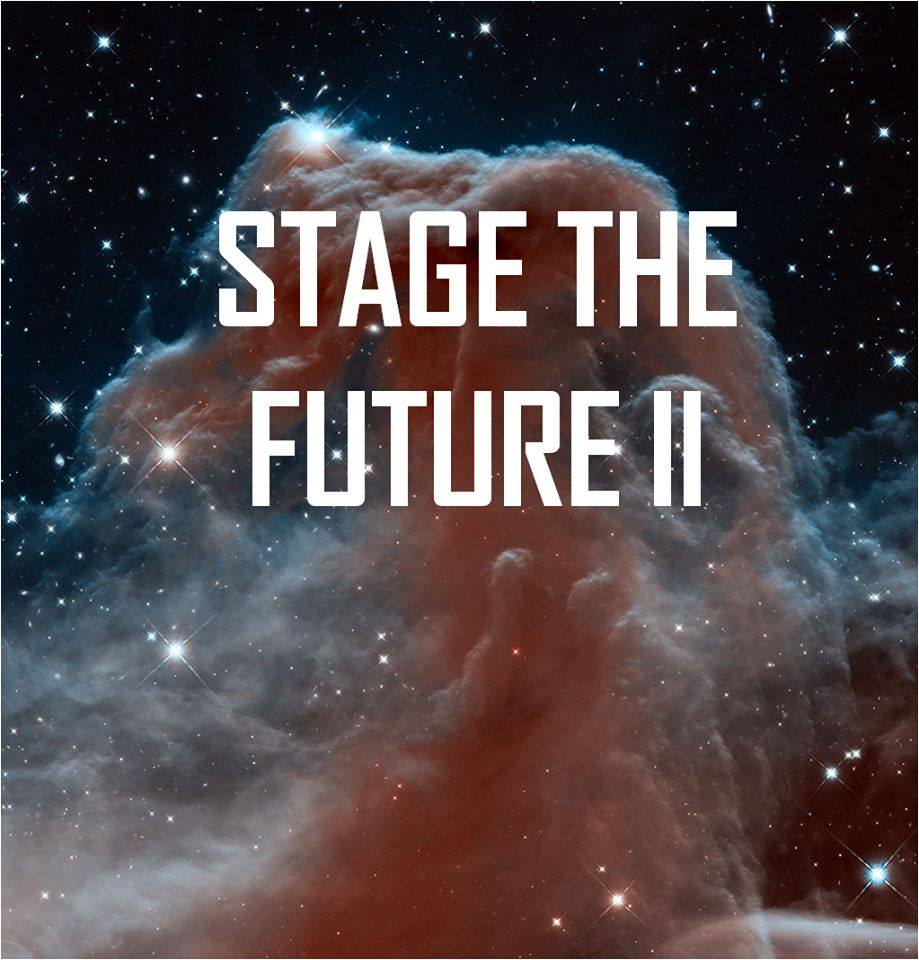 The pulp era of science fiction was filled with space ships and laser guns, death rays and jet packs, and, of course, flying cars. But for all the prescience of the science fiction greats, none of these classic science fiction gimmicks have come to pass.
The pulp era of science fiction was filled with space ships and laser guns, death rays and jet packs, and, of course, flying cars. But for all the prescience of the science fiction greats, none of these classic science fiction gimmicks have come to pass.
Oh, sure, we have lasers. In fact, quite a lot of them … it turns out that by some estimates one-third of the economy is built upon laser-based technology! Whether it’s a cellphone, computer, DVD or Blu-Ray player, digital camera, or any of the myriad other devices we encounter on a regular basis in our current day, our technological world is built on a web of photons bouncing within or between devices.
But these photons are not lifting our cars into the skies or incinerating our enemies. In his book The Amazing Story of Quantum Mechanics (Amazon), physicist James Kakalios addresses this disillusionment on the very first page:
What did all those rosy predictions miss? Simply put, they expected a revolution in energy, but what we got was a revolution in information.
And so it is that our modern world is not built upon the limitless energy predicted by the early pioneers of science fiction, but rather upon largely-unlimited abundance of ways to combine matter and energy to create, store, and process information. Kakalios goes on to make the difference very clear:
If we’d had a revolution in energy storage (like the pulps predicted) rather than information storage, we could zip to work with jet packs, but once we got there we’d find no cell phones, no DVD or personal video recorders, no laser printers, and no personal computers.
It’s easy to see how much the pulps missed this when you look at the sorts of computers that existed in these early stories. Aside from robots, computing devices in classic science fiction tended to be huge contraptions, which mirrored the real technology in the early computer era. Science fiction authors failed to broadly predict the computer monitor and keyboard, or even the calculator, often depicting space-suited astronauts using slide rules in space and interfacing with computers via punch cards, at least until they could fictionally perfect the voice interface (a technology that has only just recently gained broad acceptance, with Apple’s Siri).
Energy, on the other hand, has not advanced anywhere near as much over the last century. Our primary source of fuel is burning dead plants and animals, in the coal, oil, and natural gas. Proposed alternatives just genuinely do not offer us anything close to the same bang for our buck across the board, even with improvements in refining. But things like flying cars and death rays are far more glitzy than moving from an 8 GB iPad to a 32 GB one, even with a high-def display, so it’s easy to see how it was overlooked.
Today, there’s so much information that scientists aren’t even quite sure how to deal with it. In fact, some scientists have taken to thinking about their entire field, indeed all of physical reality, as little more than a collection of pieces of information. There is a growing movement toward quantum information theory, which attempts to view the very universe itself sort of like a computer program that processes information. The universe takes inputs, performs algorithms on them, and yields outputs. In this way, the entire universe is itself a computing machine.
Certainly some science fiction pioneers focused on information-based advances. Isaac Asimov was perhaps one of the biggest voices in this regard. The two biggest science fiction conventions that have come from him are firmly rooted in the idea that information is just as important as energy in shaping the future:
- Robotics – Advanced computer systems that can, to some degree, think and act like a human being, like many of the computerized systems we can now interact with on a regular basis.
- Psychohistory – The ability to use mathematics to predict the future, which is a field actually being pursued by top mathematicians and political theorists.
Though neither of these fields are as perfected as they are in Asimov’s stories, the transformation in information technology over the last century is clearly evident, but we haven’t had major advances in energy usage over the same time. Will this trend continue, perhaps, as suggested by evangelists of the Singularity, like Ray Kurzweil? Will there be a similar energy revolution? Or will the information revolution reach a plateau from which it cannot continue to increase?
As they say, only time will tell. But until then, at least we’ll have the stories we love, about what might happen.
Related Information:
- The information about one-third of our economy being driven by laser-based technologies is from about 4 minutes and 45 seconds into this Science Friday podcast. You can find out more about how lasers are applied in technology at the LaserFest website.
- If interested in learning about a modern-day psychohistorian, I suggest The Predictioneer’s Game: Using the Logic of Brazen Self-Interest to See and Shape the Future by Bruce Bueno De Mesquita.










